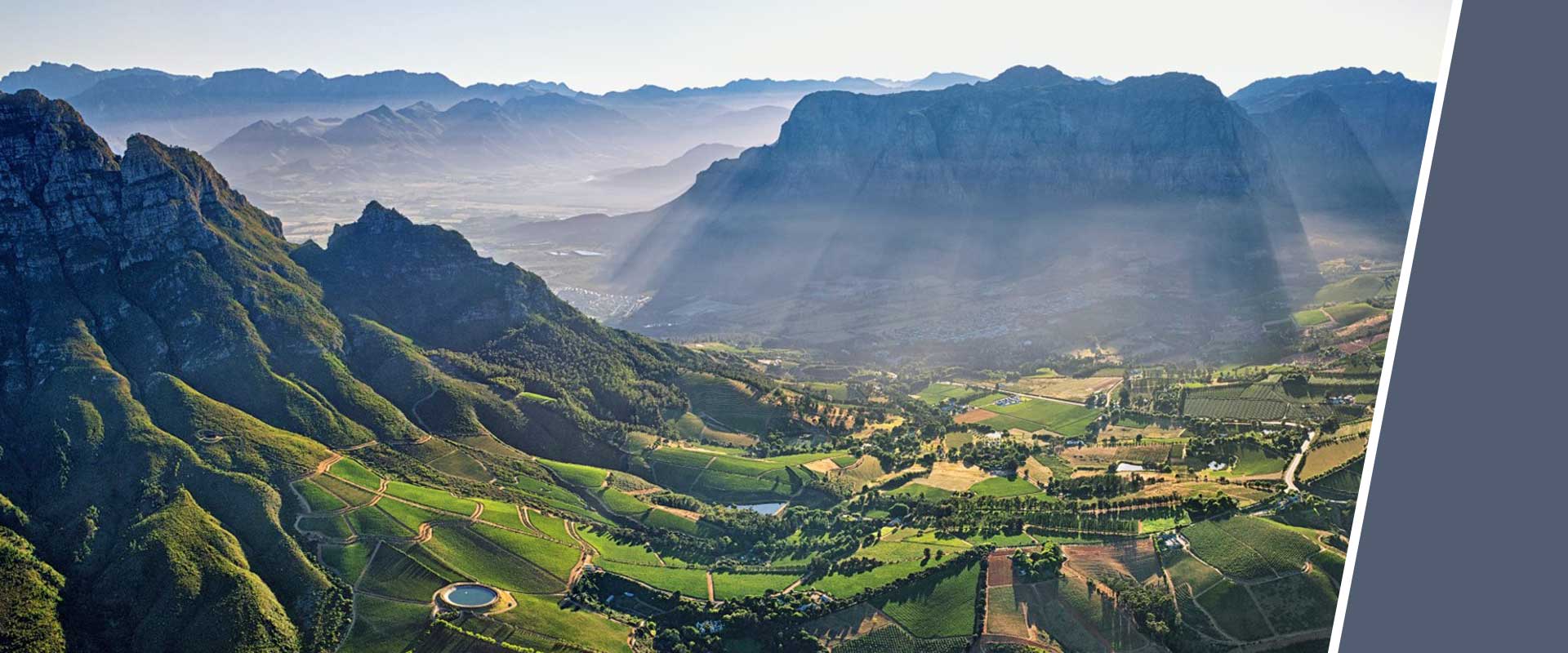
The History of the new Premium Wine
Within the last 20 years, wine in South Africa has experienced a true renaissance. Winemakers attach more importance to quality than quantity; the past has shown that too many yielded grapes are harmful to the winemakers. South Africa as a wine country has been in existence for much longer. In the middle of the 17th century, the first settlers planted vines on the Cape of Good Hope. After 200 years of constant growth and a boom, the end of the 19th century had severe problems of economic and ecologic nature. Cheap French wine and louse infestation made life difficult for the winemakers. The 20th century was defined by strictly regulated wine cultivation and political issues. The monopoly of the KWV inhibited a healthy development of the winemakers and the Apartheid made for political trouble.
Dutch Doctor Plants first Vine
In 1652, the ship’s doctor Jan van Riebeck founded a fort at the foothills of Table Mountain to provide Dutch ships with provisions. Early on, he decided to grow wine. This made sense as wine was considered to be a clean alternative to water for a long time which was especially important for sailors of these former times. The terroir seemed to be suitable for wine growing, so in 1655, Jan van Riebeck planted the first vine in South Africa.
Simon van der Stel Founds Stellenbosch and Constantia
Simon van der Stel is considered to be the founding father of South African wine. He founded the winery Stellenbosch in 1679 and another one called Constantia six years later. In the Old World, dessert wine from Constantia was popular as early as the end of the 17th century. Stellenbosch is known for its premium wines; as a matter of fact, most premium wines still originate from this region. Van der Stel’s traces are therefore noticeable even in the new millennium.
